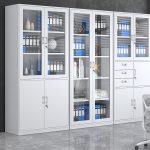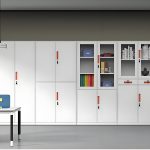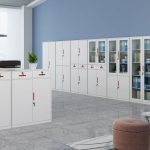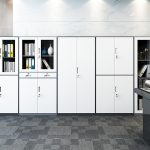The modern office is evolving—hybrid work models, agile team structures, and dynamic workflows demand storage solutions that keep pace. When it comes to filing cabinets, the choice between mobile filing cabinets and stationary filing cabinets can significantly impact your team’s efficiency.
But which option truly boosts productivity? Let’s dissect the pros, cons, and hidden costs of each.
1. Mobility: The Agility Advantage
Mobile filing cabinets (with wheels) are designed for flexibility. They’re ideal for:
- Collaborative spaces: Teams that frequently reconfigure meeting areas or hot-desk.协作空间 :经常重新配置会议区域或轮用办公桌的团队。
- Small offices: Space-saving designs that can be tucked under desks or moved to corners.小型办公室 :节省空间的设计,可以藏在桌子下面或移动到角落。
- Healthcare/legal firms: Quick access to patient files or case documents during consultations.医疗保健/律师事务所 :在咨询期间快速访问患者档案或病例文件。
Productivity boost:
- A 2023 study by Office Dynamics found that employees in agile workspaces spent 30% less time searching for documents when using mobile cabinets.Office Dynamics 2023 年的一项研究发现,敏捷工作空间中的员工在使用移动机柜时搜索文档 的时间减少了 30%。
- Reduces physical strain: No more bending or reaching into static drawers.
Drawbacks:
- Stability risks: Heavy loads on wheels may tip if not locked properly.稳定性风险 :如果锁定不当,车轮上的重物可能会倾倒。
- Cost: Typically 15–25% more expensive than stationary models.
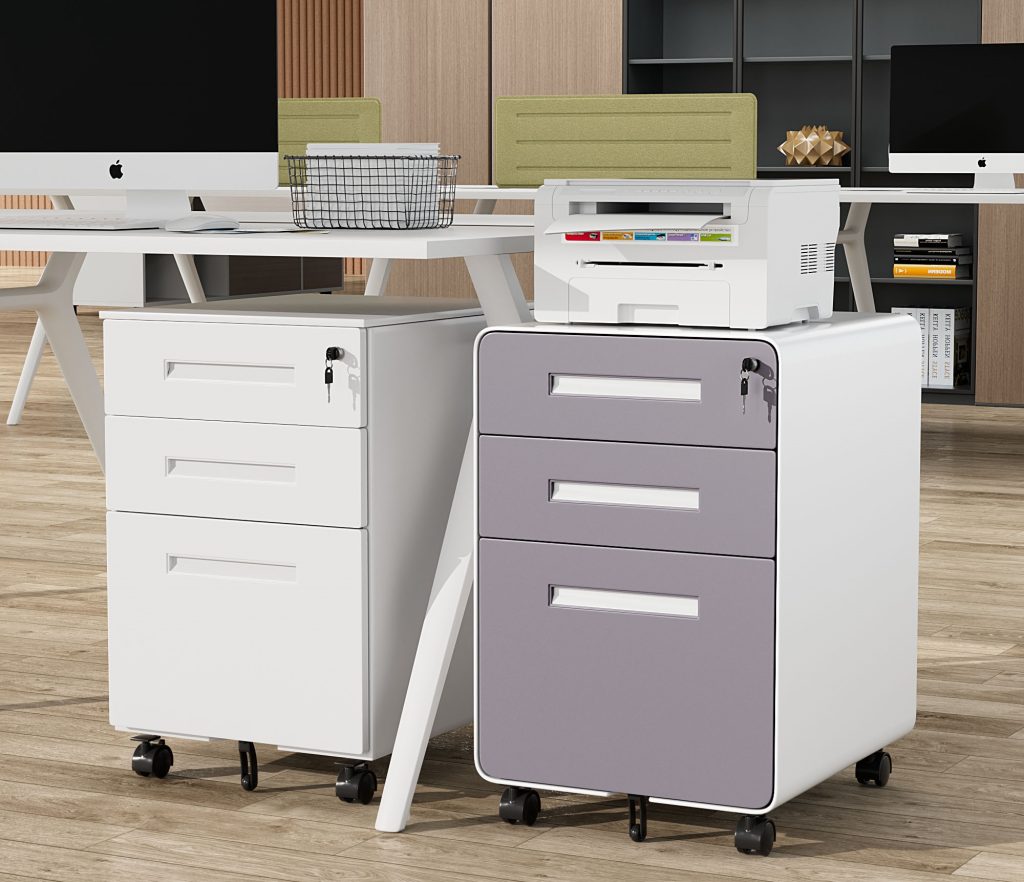
2. Stationary Cabinets: The Stability Powerhouse
Fixed filing cabinets excel in environments where:
- Security is critical: Banks, government offices, or archival storage.安全性至关重要 :银行、政府办公室或档案存储。
- High-volume filing: Law firms with decades of case records.大批量备案 :拥有数十年案件记录的律师事务所。
- Budget constraints: Cost-effective for large-scale deployments.预算限制 :对于大规模部署来说具有成本效益。
Productivity boost:
- Durability: Built to last decades, reducing replacement costs.耐用性 :可持续使用数十年,降低更换成本。
- Ergonomics: Fixed heights often align better with desk ergonomics.人体工程学 :固定高度通常更符合办公桌的人体工程学。
- Security: Bolted-down cabinets deter theft and tampering.安全性 :螺栓固定的机柜可防止盗窃和篡改。
Drawbacks:
- Inflexibility: Rearranging an office with stationary cabinets requires heavy lifting.不灵活: 用固定柜重新布置办公室需要繁重的工作。
- Space inefficiency: Fixed footprints may waste unused space.
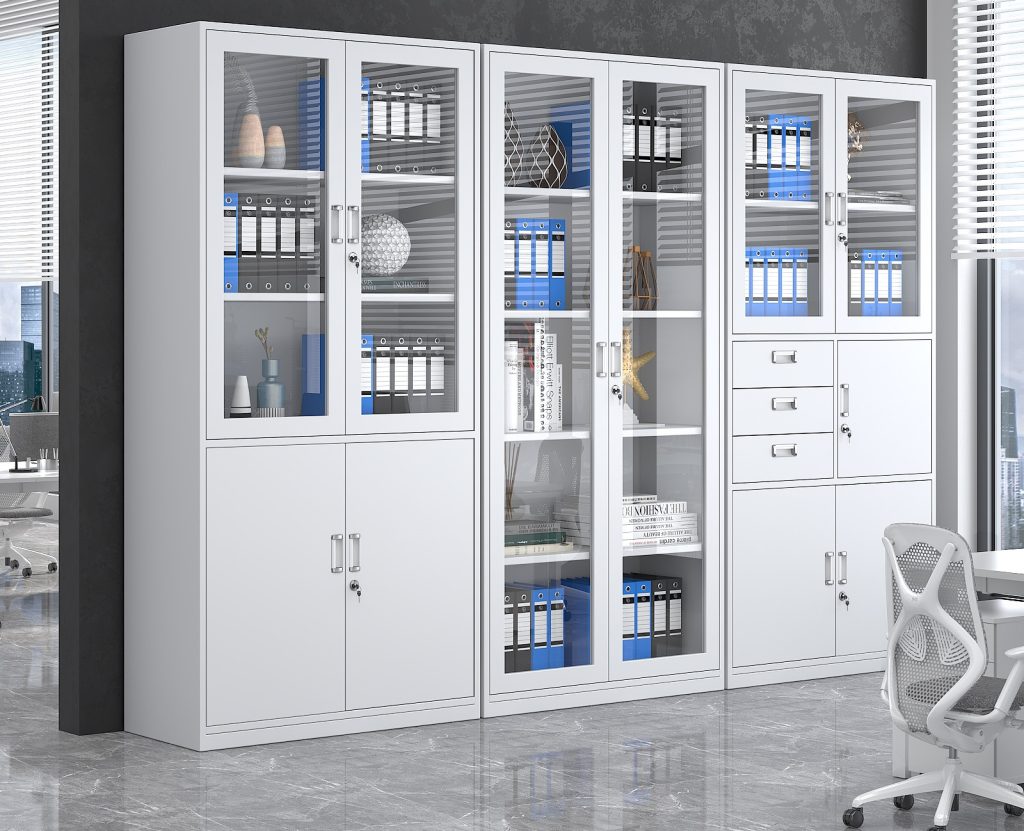
3. The Hidden Costs: Which Is Cheaper Long-Term?
A common myth: Mobile cabinets are always pricier. But let’s break down the 5-year total cost of ownership (TCO):
| Factor | Mobile Cabinets | Stationary Cabinets |
|---|---|---|
| Initial Cost | $$$ (15–25% higher) | $$ |
| Maintenance | $ (wheel replacements) | $ (minor drawer repairs) |
| Reconfiguration Costs | $0 (easy to move) |
$ (furniture removal) | | Productivity Loss | $ (minimal) |
$ (time wasted searching)|
Verdict: For offices that frequently redesign layouts, mobile cabinets save up to 40% in TCO over five years.
4. Real-World Scenarios: Which Fits Your Team?
A. Tech Startup (Hybrid Work)
- Challenge: Teams rotate between desks; files need to follow workers.挑战: 团队在办公桌之间轮换;文件需要跟随工作程序。
- Solution: Mobile cabinets with RFID tracking for real-time location updates.
B. Legal Firm (High-Security)
- Challenge: Confidential client files must stay locked in one place.挑战 :机密客户端文件必须锁定在一个地方。
- Solution: Stationary, fireproof cabinets with biometric locks.
C. Healthcare Clinic (Space Constraints)
- Challenge: Compact exam rooms need storage that doesn’t clutter.挑战: 紧凑的检查室需要不杂乱的存储空间。
- Solution: Slim, mobile cabinets on casters that slide under counters.
5. The Verdict: How to Decide
Choose mobile filing cabinets if:
- Your team works in agile pods or hot-desks.
- You redesign office layouts quarterly.
- Document access speed is critical (e.g., customer service centers).
Choose stationary filing cabinets if:
- Security and durability are non-negotiable.
- Your office layout is static.
- Budget is tight for large-scale purchases.
Final Tip: Hybrid Approach
Many offices blend both:
- Mobile cabinets for daily-use files (e.g., active projects).
- Stationary cabinets for archival records (e.g., tax documents).
Productivity hack: Label cabinets by project/department and use color-coding to slash search times by 50%.
Conclusion
There’s no one-size-fits-all answer. Assess your team’s workflow dynamics, security needs, and space constraints to make the right choice.


